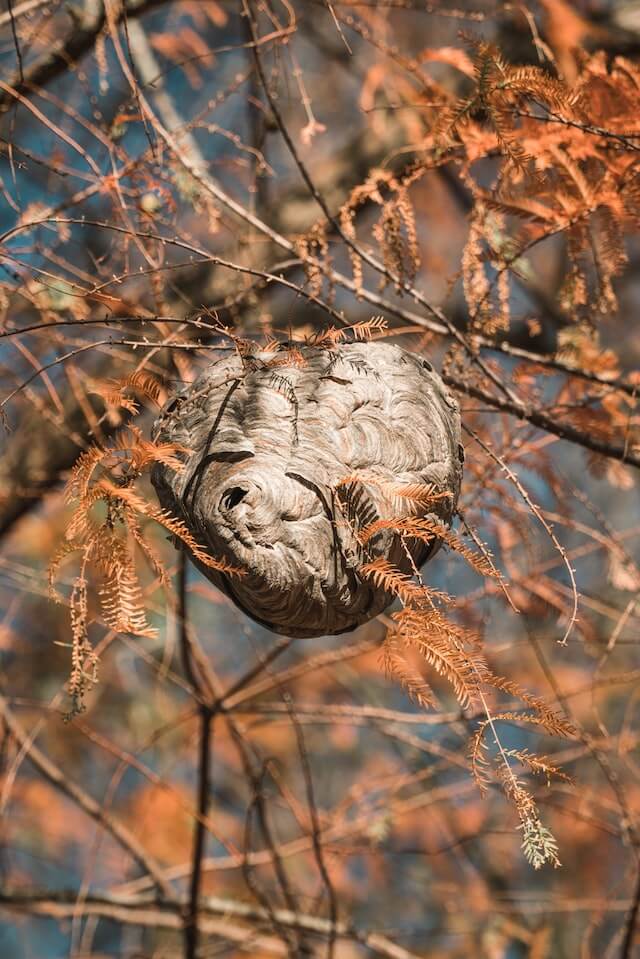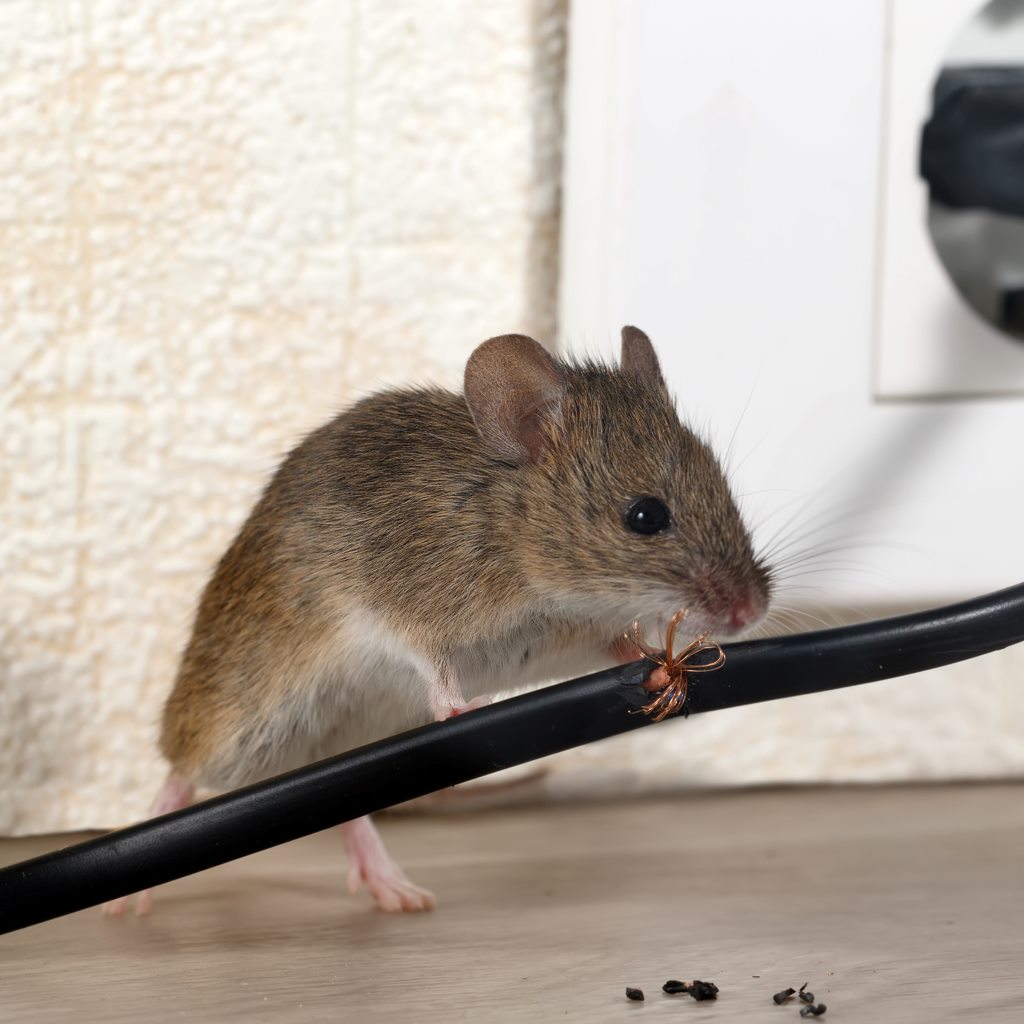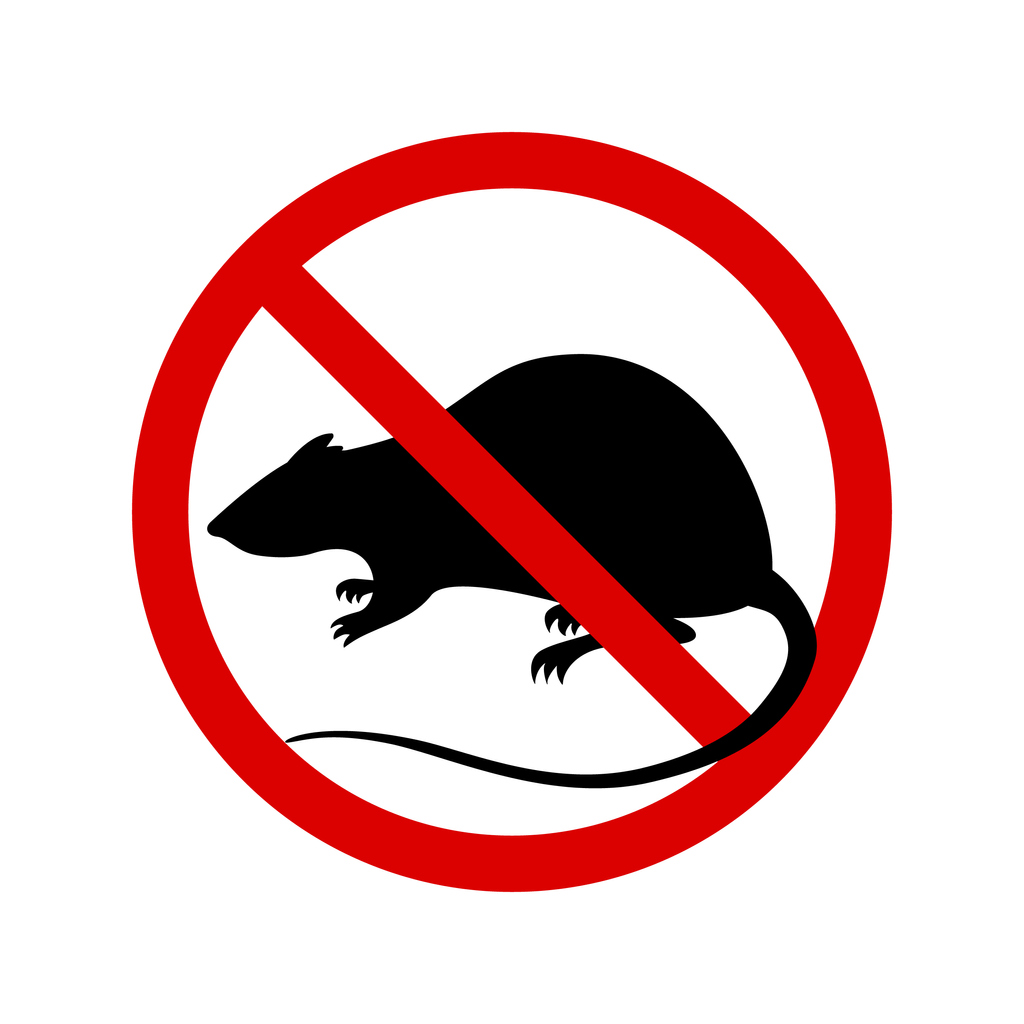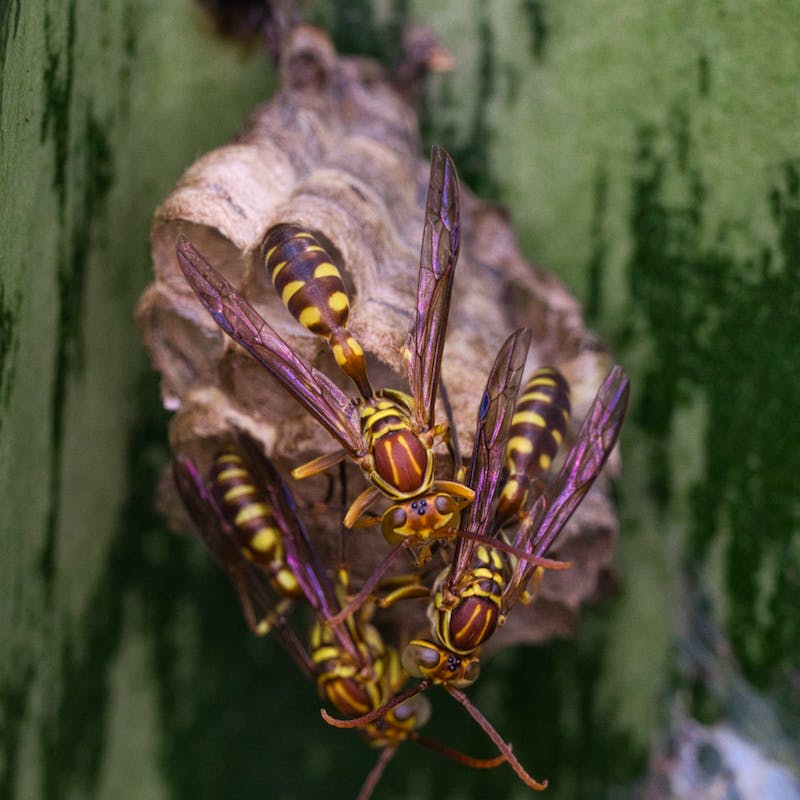
22 Jun 2023 | Trifecta Pest Solutions (UK) Ltd
We love warm weather in the UK and because we get so little of it, we don’t want any disturbance that could stop our sunbathing or gardening! Sadly, other critters love the warm weather too, yellow and black critters with a penchant for stinging! You know who I’m talking about - the dreaded wasp!
Wasps can be a nightmare and the worst-case scenario is that you have a nest in your house or garden. Don’t worry though - I’m here to help and will teach you the common signs of a wasp nest to look out for and how to locate it below!
What Does a Wasp Nest Look Like?
The simplest way I can describe a wasp nest is that it looks like a saggy and wrinkly grey balloon! They are quite amazing constructs and their appearance is unmistakable.
On the outside, you typically see an intricate circular pattern which makes it look like the nest has multiple layers (and indeed it does). It is usually a light brown or beige color but this can vary depending on the materials the wasps use to build it.
There is also a hole at the bottom where the wasps enter and exit, and if you could see inside the nest (please don’t poke your head in!), you would see a beautiful hexagonal network of honeycombs where the queen lays her eggs.
Signs of a Wasp Nest in Your House
So what are the signs of a wasp nest in your house? Luckily, they are relatively easy to spot due to the following key signs:
- Wasps continually moving back and forth from your house.
- Scratching and cracking sounds coming from within your walls
- Wasps appear in your house when no windows or doors are open
- Wasps gathering around light fixtures
The biggest sign is of course the presence of wasps in your house, especially if you have your windows and doors shut. You may also hear scratching and clicking sounds in your walls or attic which is the little critters going about their tasks. They will commonly circle around light fixtures too, particularly in your loft.
Signs of a Wasp Nest in Your Garden
The signs of a wasp infestation in your garden are more difficult to spot due to the open nature of the space. However, many of the same principles still apply including:
- Wasps moving around your garden or a structure like a shed.
- Clicking or scraping sounds in your shed or outbuilding.
- Lots of wasp movement around your garden.
- Damage to wooden garden furniture
The most common place to find a wasp nest is in your garden shed as this is relatively dry and dark and perfect conditions for the queen. As a result, if you see any wasps moving around your shed or entering through holes then this could be an indicator.
You may also notice damage to your wooden garden furniture as wasps will chew into this for building material. Of course, an excessive amount of wasp activity in your garden is mostly a sign of a wasp nest.
How to Find the Wasp Nest?
The simplest way is to observe the flight path of the wasps and watch where they go. They should have a relatively set path traveling from the nest to their source of pollen or building material. With careful observation, you should be able to see where they enter your house or shed to pinpoint the potential location.
You can also look at common areas where wasp nests are found such as garden sheds, outbuildings, eaves of your house roof, and attics.
What to Do if You Find a Wasp Nest?
So, you’ve followed the critters and have located the wasp nest… what now? Firstly, don’t panic. Stay calm and don’t start trying to swat the wasps or disrupt them. This is the worse thing you can do and will probably result in an all-out attack with stingers raised!
I advise against trying to remove the wasp nest yourself either. Without the proper protection and know-how, you will ultimately get hurt and could risk something serious like an allergic reaction from a sting.
Instead, let the professionals take care of it! Pest control experts who specialise in wasp nest removal can do the work for you in a calm and controlled manner where no one gets hurt. Until they arrive, make sure everyone knows where the nest is and give it a wide berth.
Stay Vigilant and Look Out for the Signs of Wasp Infestation
I hope you now have renewed confidence in your wasp-spotting abilities and are prepared if you do find a nest in your house or garden! The key is to not panic and not to do anything drastic. Disturbing the nest or attacking it could be incredibly dangerous - instead, simply locate it, and get in touch with a wasp nest removal specialist!


